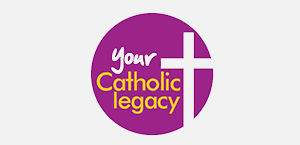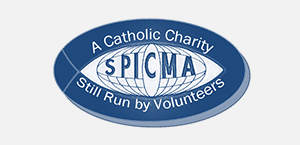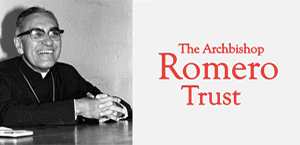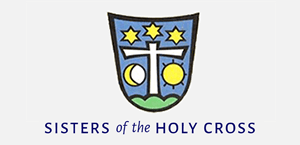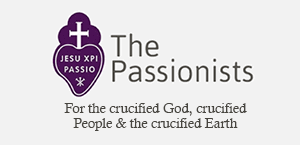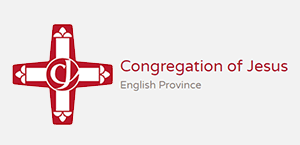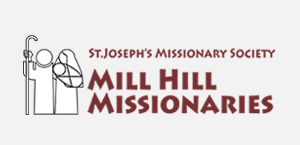Gospel in Art: The Word was made flesh, and lived among us
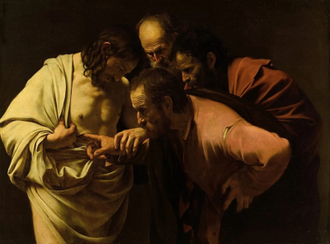
The Incredulity of Saint Thomas by Caravaggio. Painted1601-1602 © Sansoucci, Potsdam, Germany / Wikimedia Commons
Source: Christian Art
Gospel of 31 December 2022
John 1:1-18
In the beginning was the Word:
and the Word was with God
and the Word was God.
He was with God in the beginning.
Through him all things came to be,
not one thing had its being but through him.
All that came to be had life in him
and that life was the light of men,
a light that shines in the dark,
a light that darkness could not overpower.
A man came, sent by God.
His name was John.
He came as a witness,
as a witness to speak for the light,
so that everyone might believe through him.
He was not the light,
only a witness to speak for the light.
The Word was the true light
that enlightens all men;
and he was coming into the world.
He was in the world
that had its being through him,
and the world did not know him.
He came to his own domain
and his own people did not accept him.
But to all who did accept him
he gave power to become children of God,
to all who believe in the name of him
who was born not out of human stock
or urge of the flesh
or will of man
but of God himself.
The Word was made flesh,
he lived among us,
and we saw his glory,
the glory that is his as the only Son of the Father,
full of grace and truth.
John appears as his witness. He proclaims:
'This is the one of whom I said:
He who comes after me ranks before me
because he existed before me.'
Indeed, from his fullness we have, all of us, received -
yes, grace in return for grace,
since, though the Law was given through Moses,
grace and truth have come through Jesus Christ.
No one has ever seen God;
it is the only Son, who is nearest to the Father's heart,
who has made him known.
Reflection on the painting
Today, the last day of 2022, our Gospel reading is the prologue to John's Gospel. It highlights the eternity of Christ. Jesus is actually called God in this text, which was an unusual and probably shocking designation in the New Testament, since 'God' was only applied to Jahweh before. So this is a christologically important text.
The text highlights the eternity and divinity of Christ, whilst at the same time accentuating Jesus' humanity. So the prologue of John serves a very practical purpose for us Christians never to lose sight that Jesus is both fully human and fully divine.
But how to depict this in art? Well, that question has certainly been the subject of many debates over the past two thousand years. Second-century theologians such as Saint Irenaeus and Clement of Alexandria initially repudiated the notion that the divine could be captured in pictorial representations. Pope Gregory I in the 6th century observed that images were the Bible of the illiterate, and thus of great merit. Theologically, the issue was how to represent the fullness of Jesus' divine and human natures in any artistic representation of him. How all this developed is a long and complex but fascinating development of artistic creative expression, too long to share here on these short daily reflections.
A work of art that does, for me, display this beautiful combination of Jesus' divine and human natures together, is this canvas by Caravaggio depicting the Incredulity of Saint Thomas. We see Thomas' dirty fingernails entering the wound of Christ. Jesus is painted here post-Resurrection, with no divine apparition here (unlike what most other painters were doing at the time). But we see Jesus in his humanity, a man of flesh, blood and wounds. Soon he would ascend into heaven. It is a painting that grasps Jesus' humanity, his post-resurrection reality and divinity all at the same time. The divinity is accentuated by the light falling on Christ from above. And as Thomas approaches Jesus to touch his wound… he is drawn into that light!
LINKS
Gospel in Art: https://christian.art/
Today's reflection: https://christian.art/daily-gospel-reading/john-1-1-18-2022-2/










